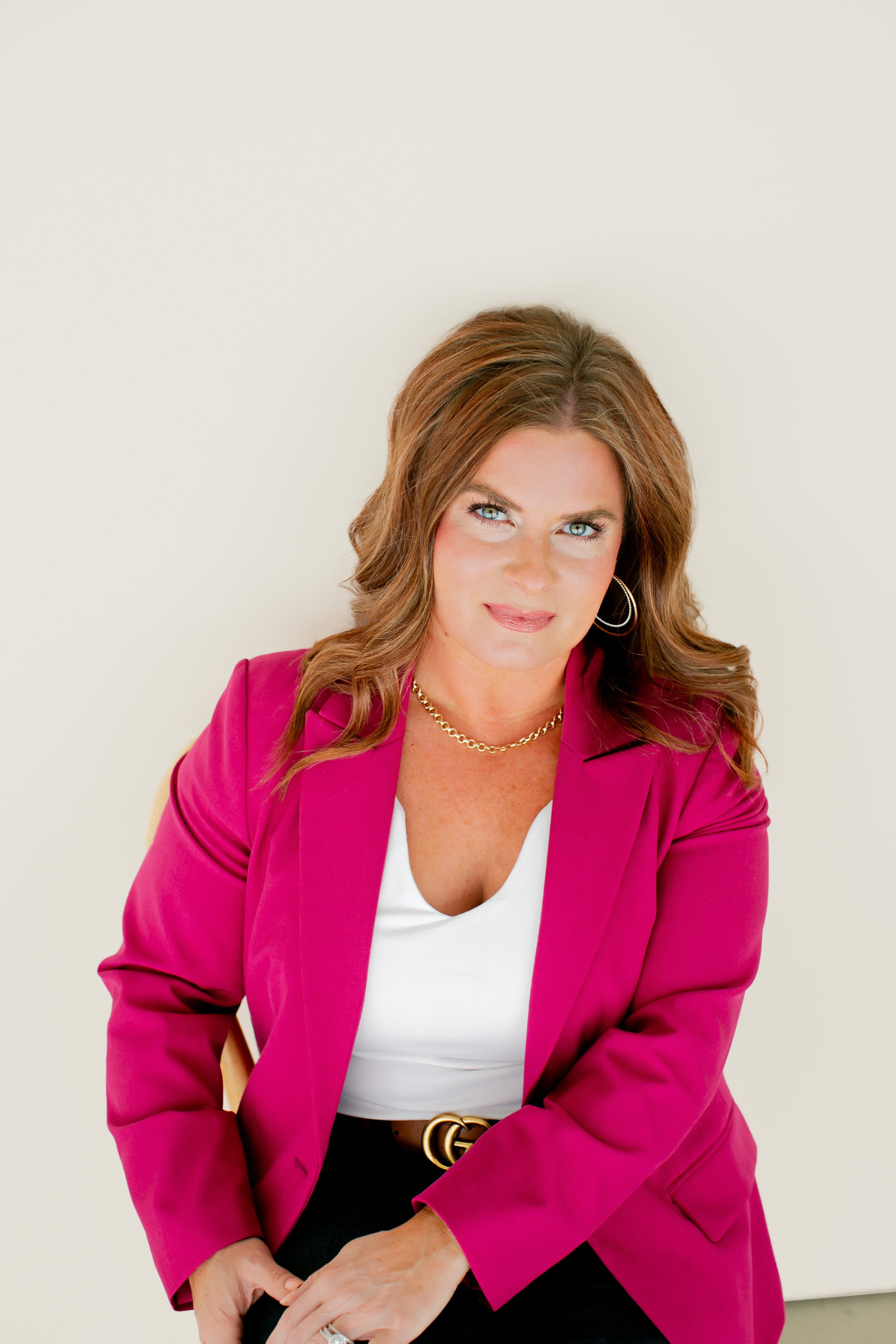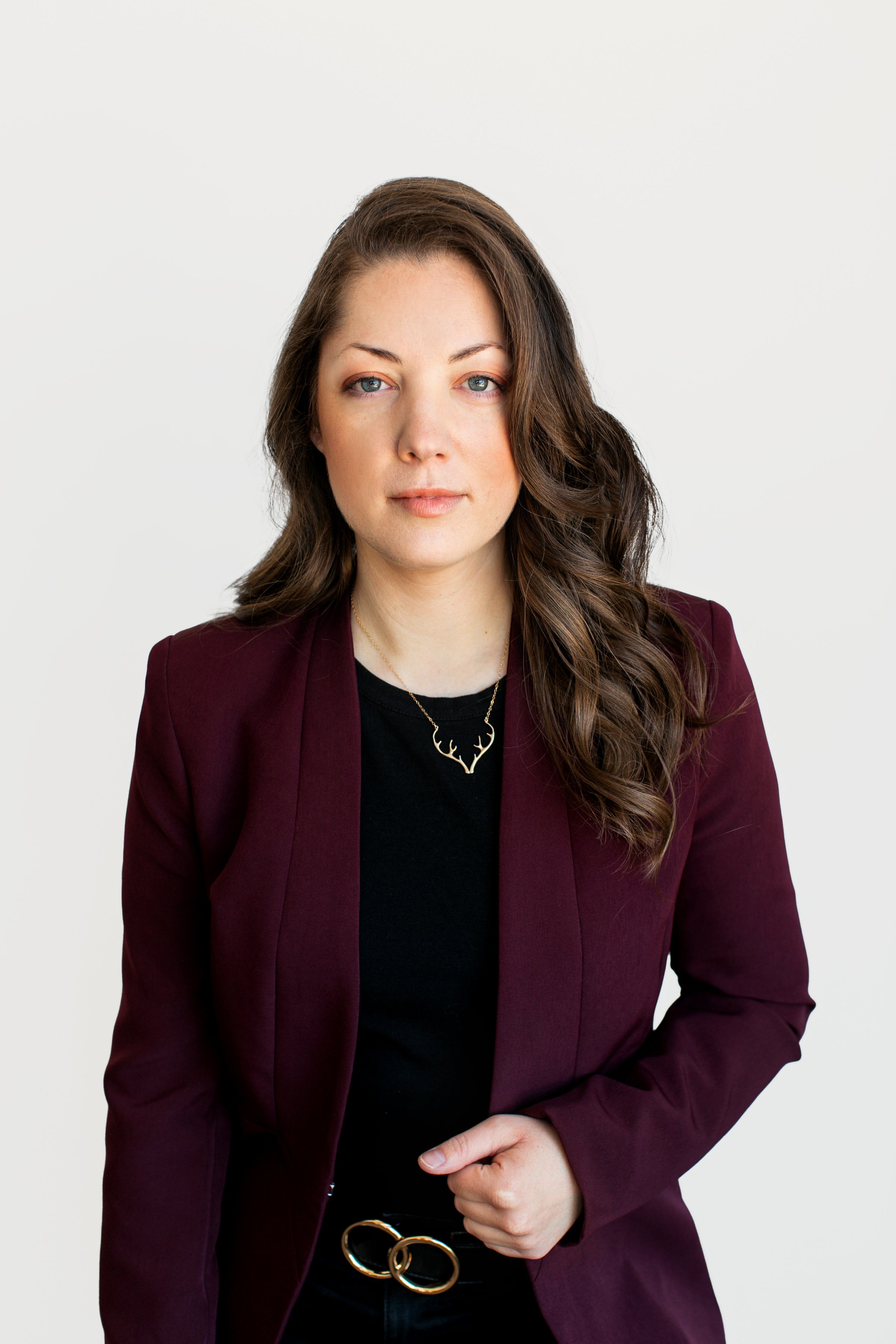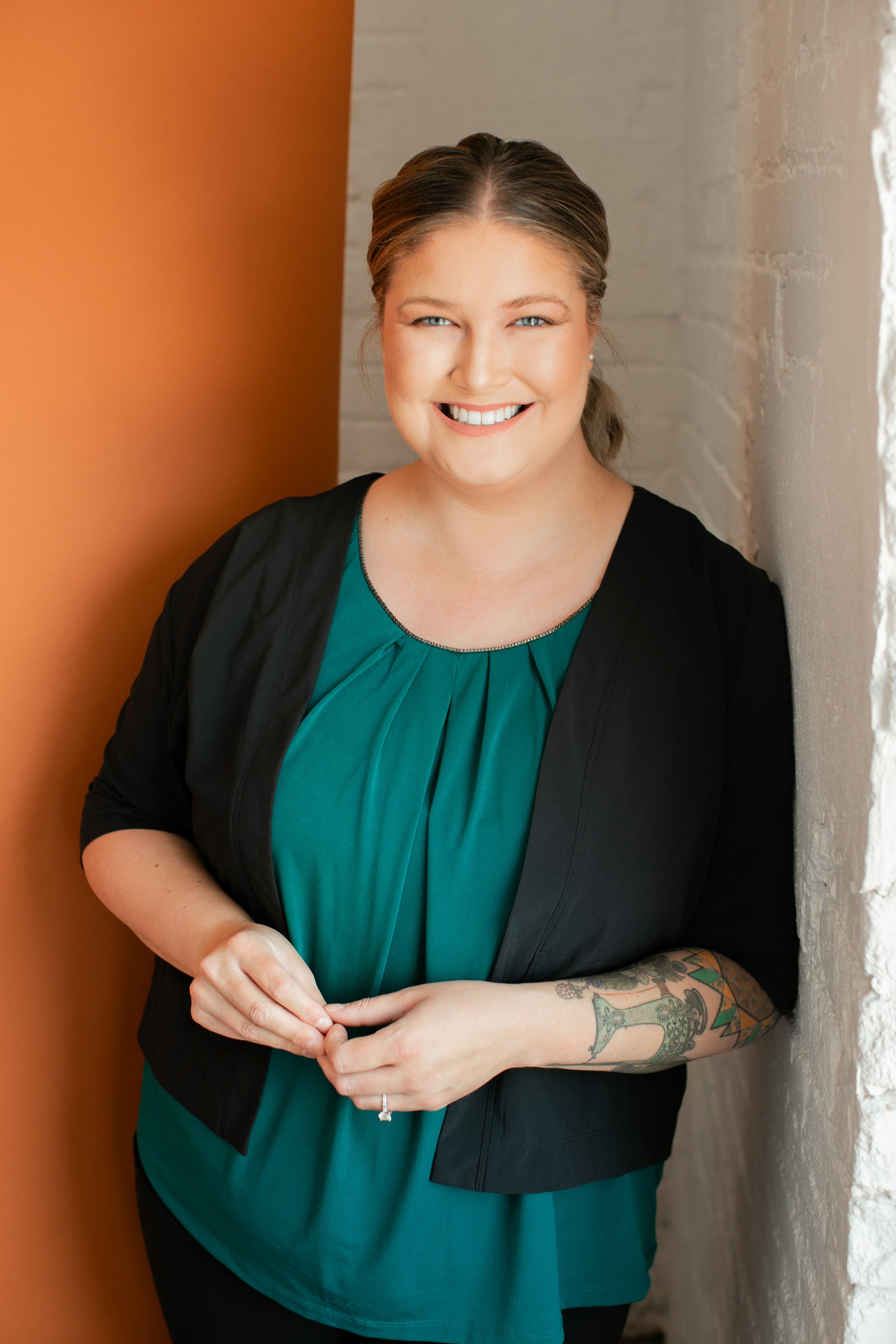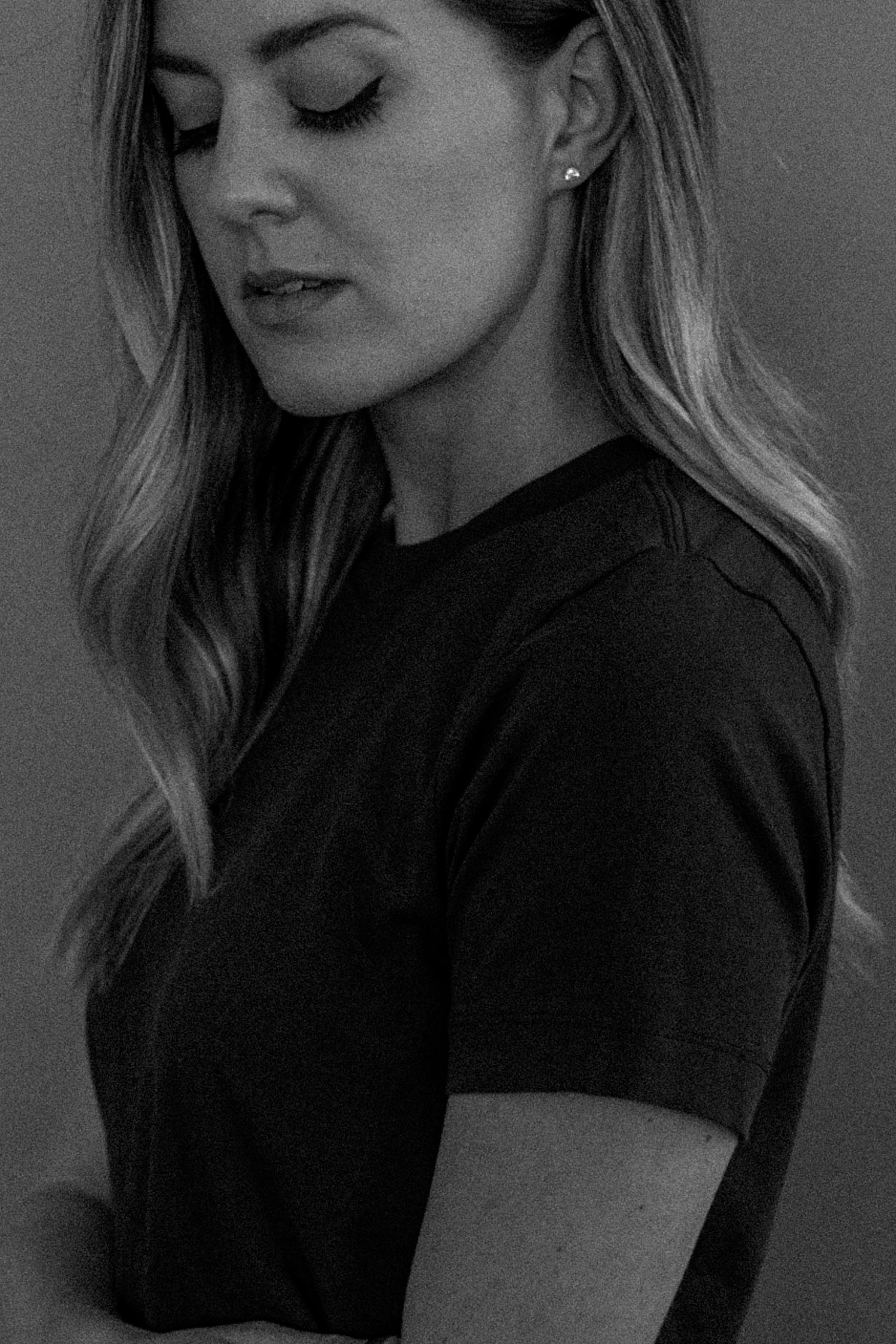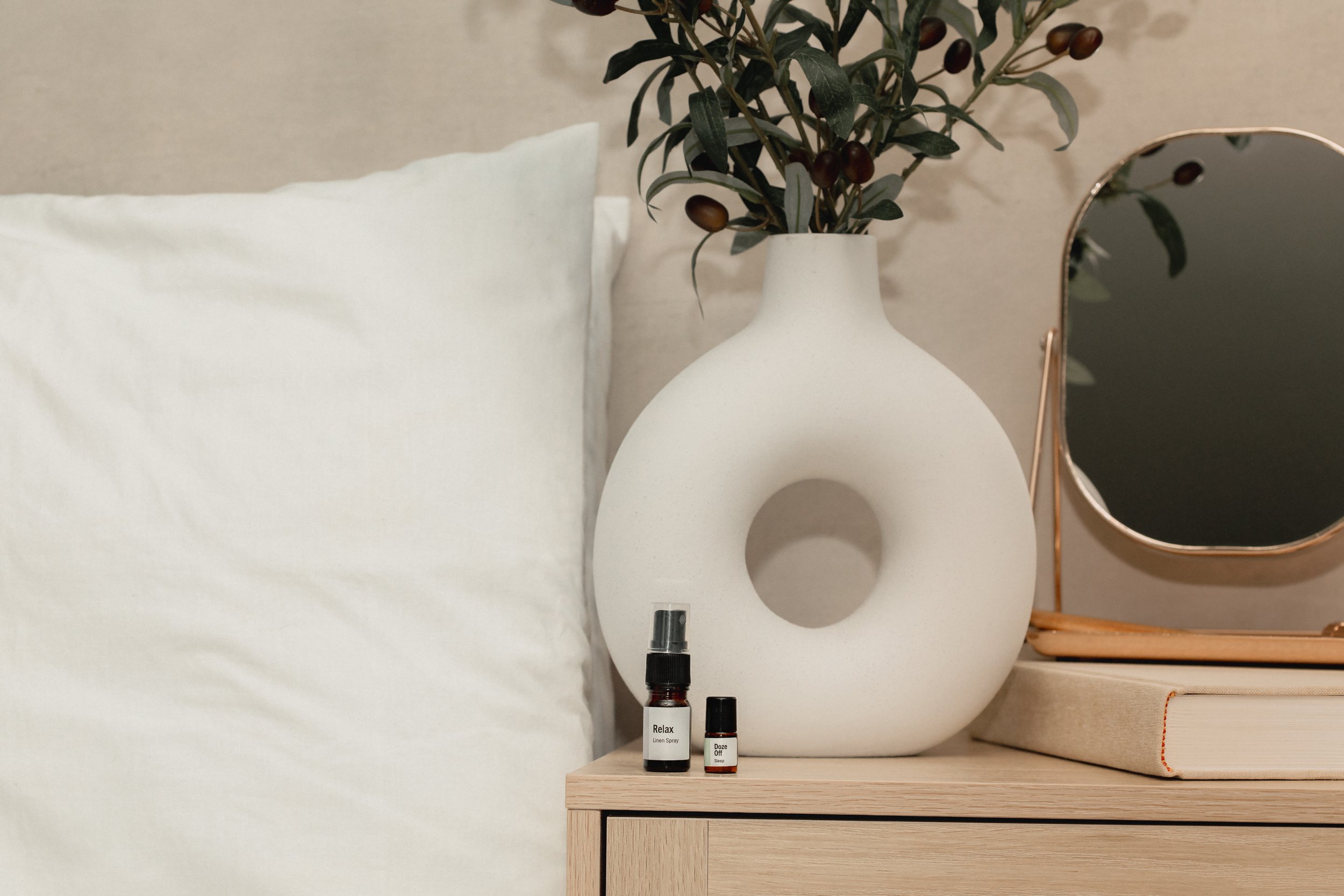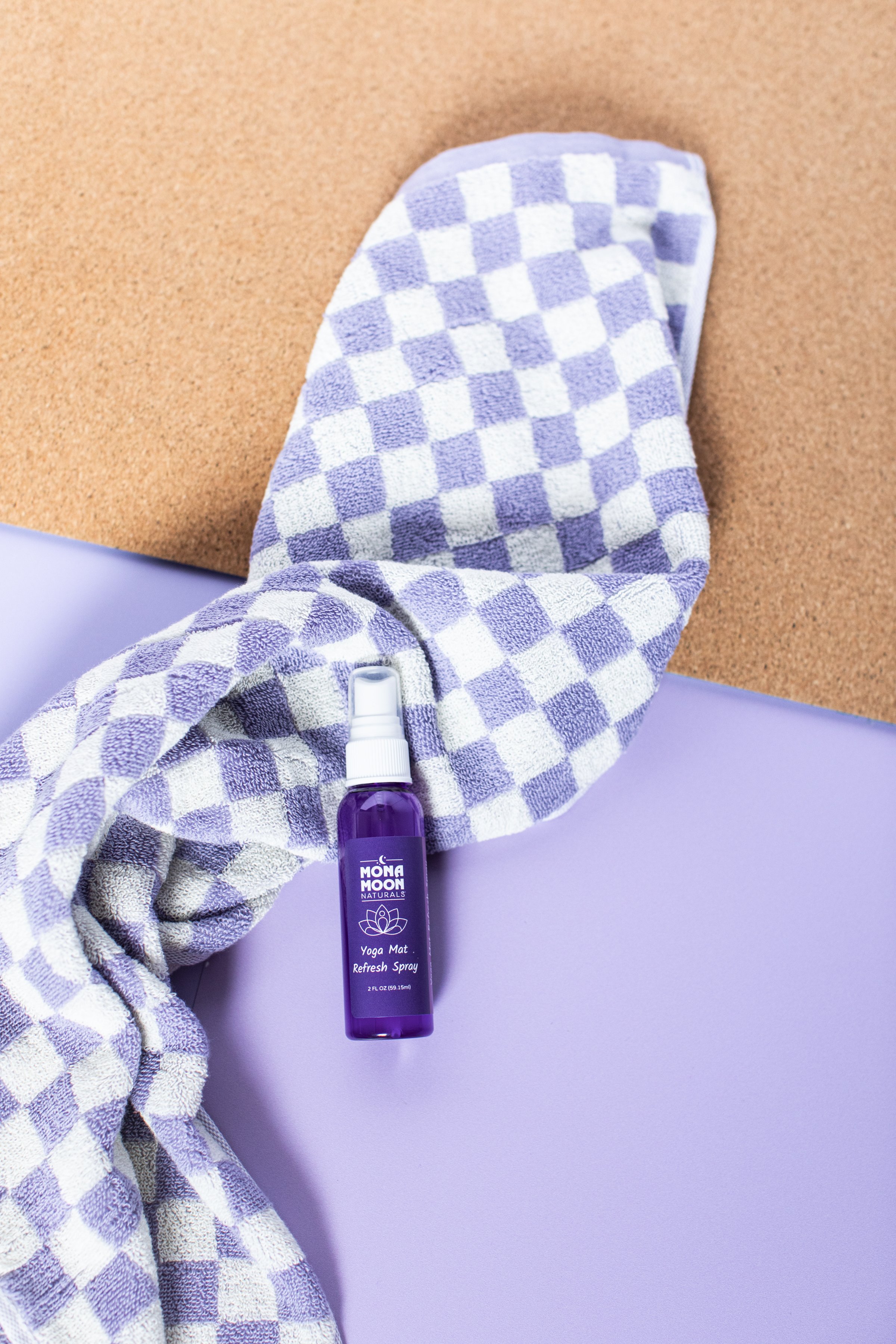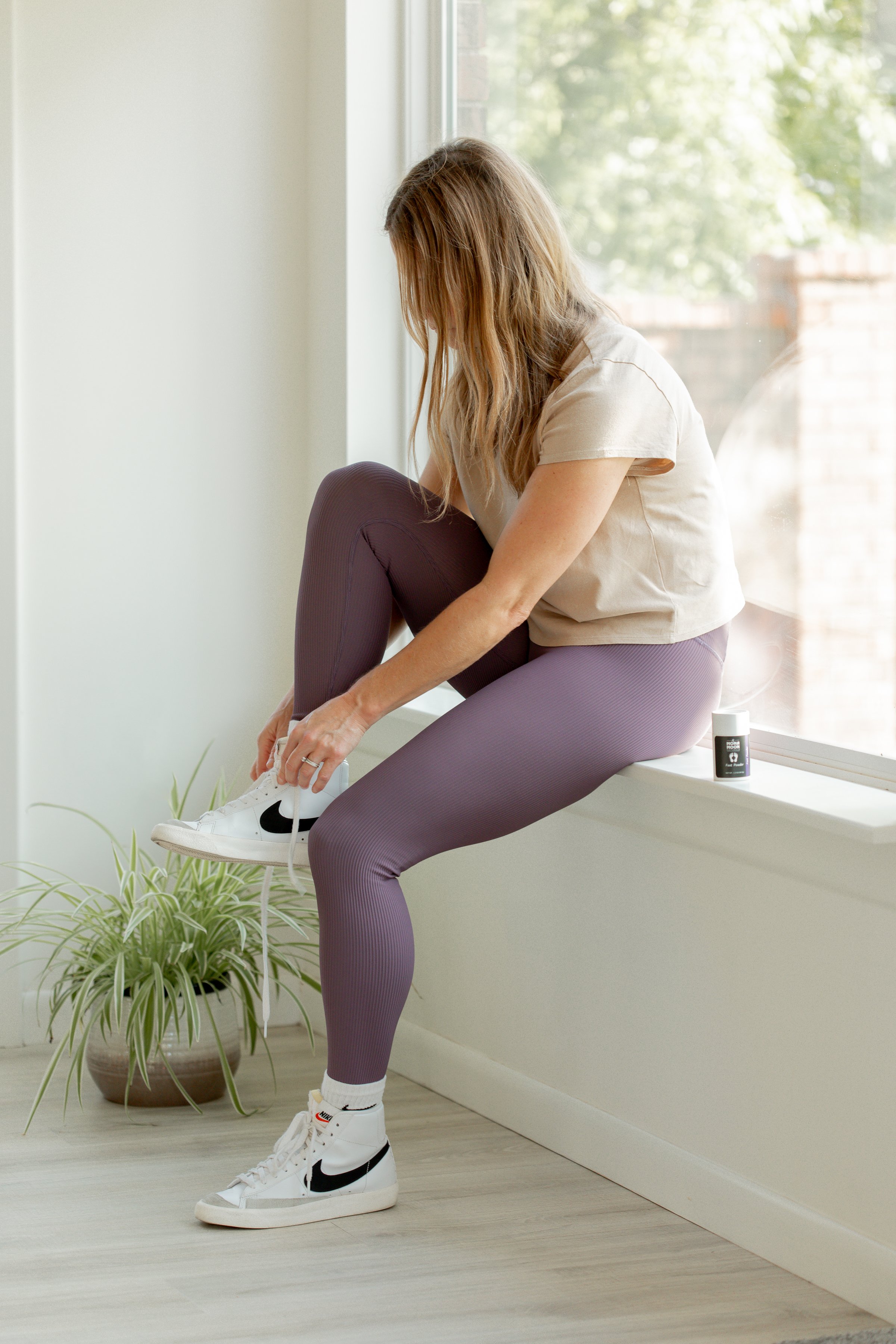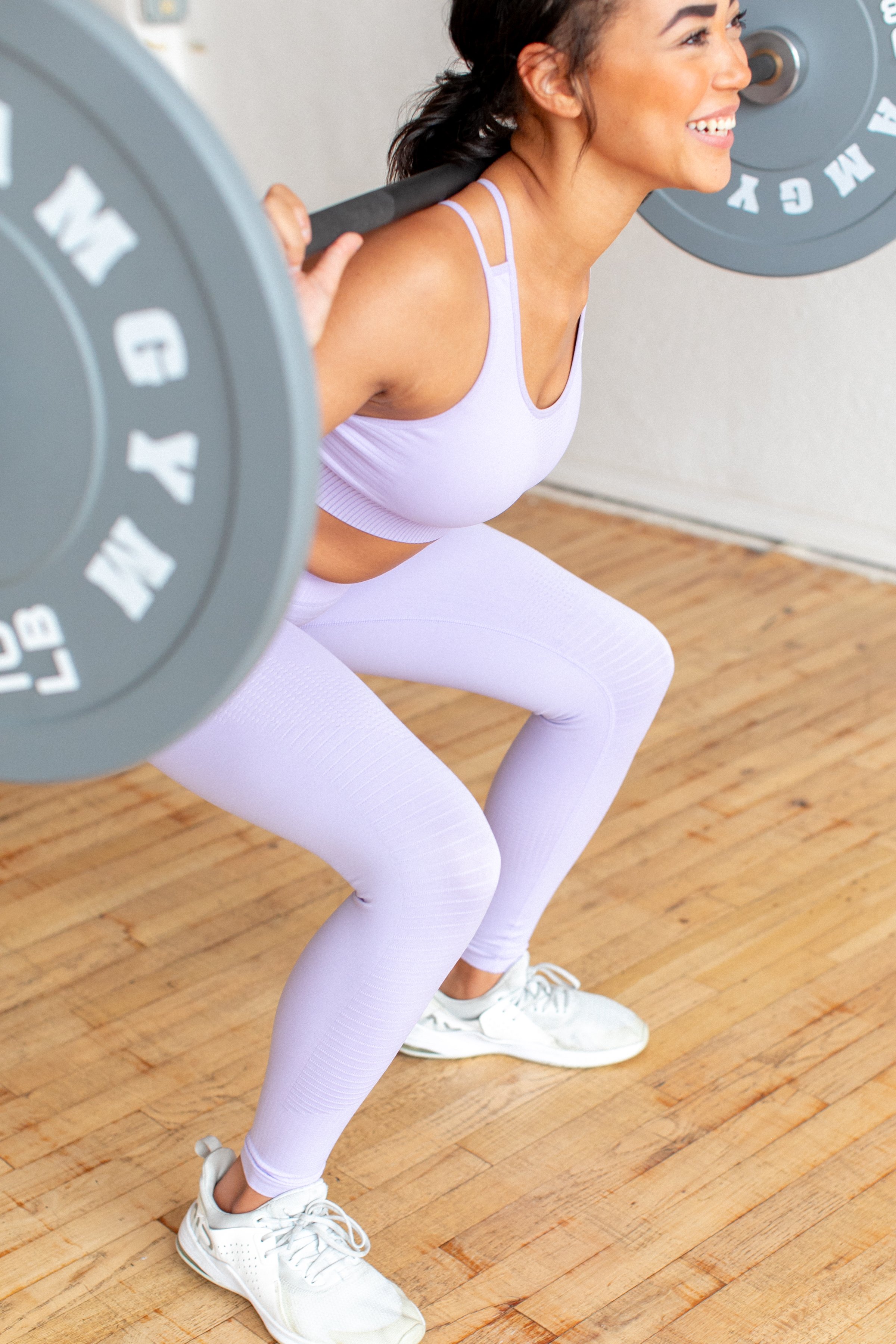Why Props Matter for Your Brand Photoshoot
/When planning a brand photoshoot, props can make a huge difference in how your photos turn out. They’re not just extras—they can help tell your brand’s story, show off your personality, and create a more engaging experience. Here's why props are so important:
1. Showcase Your Products or Services
Props help highlight what your business is all about. For example, if you're a baker, using props like mixing bowls, a rolling pin, and freshly baked bread or pastries can instantly show what you do without having to explain it. These props create a visual story that makes your brand’s offerings clear to your audience.
2. Add Personality
Props are a great way to infuse your brand’s personal touch into your photos. Whether it’s a favorite plant that brings life to your space, a vintage camera you love using, or a notebook filled with your creative ideas, props can reflect your unique style and energy. By incorporating meaningful items that resonate with you, your photos feel more authentic and relatable, allowing your true personality to shine through.
3. Set the Mood
Props help set the atmosphere you want for your shoot. For a realtor, items like a set of house keys, a beautifully styled bedroom, or a sleek pen and notepad can create a professional, inviting vibe. For a personal trainer, props like a set of dumbbells, a jump rope, or a slam ball can convey energy and motivation, showcasing the active and empowering environment you provide.
4. Create Variety
Props let you change things up and keep your photos interesting. A quick change of props can make your photos feel fresh and new, giving you multiple looks without needing a whole new setup.
5. Make It More Relatable
Props can help viewers connect with your brand. A well-chosen prop can make your photos feel more personal and relatable, helping potential customers feel more drawn to your brand.
6. Enhance the Visual Appeal
Props add depth and interest to your images, making them look more professional and engaging. They break up the space and direct the viewer’s attention to key parts of the photo, making it more visually dynamic.
Props are an easy but powerful way to make your brand photos stand out. They can tell your story, reflect your personality, and make your photos feel more polished and interesting. So, when planning your next photoshoot, think about how props can elevate your brand’s message and make your images pop.
Bonus: Photos taken of just your props in a styled setting will give you your own stock photos to market your business.












